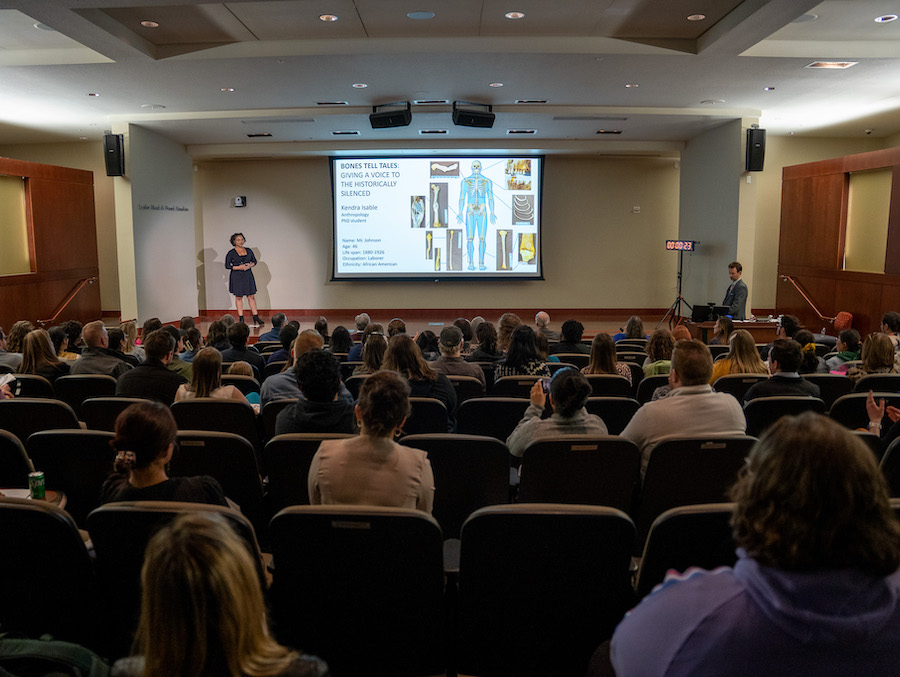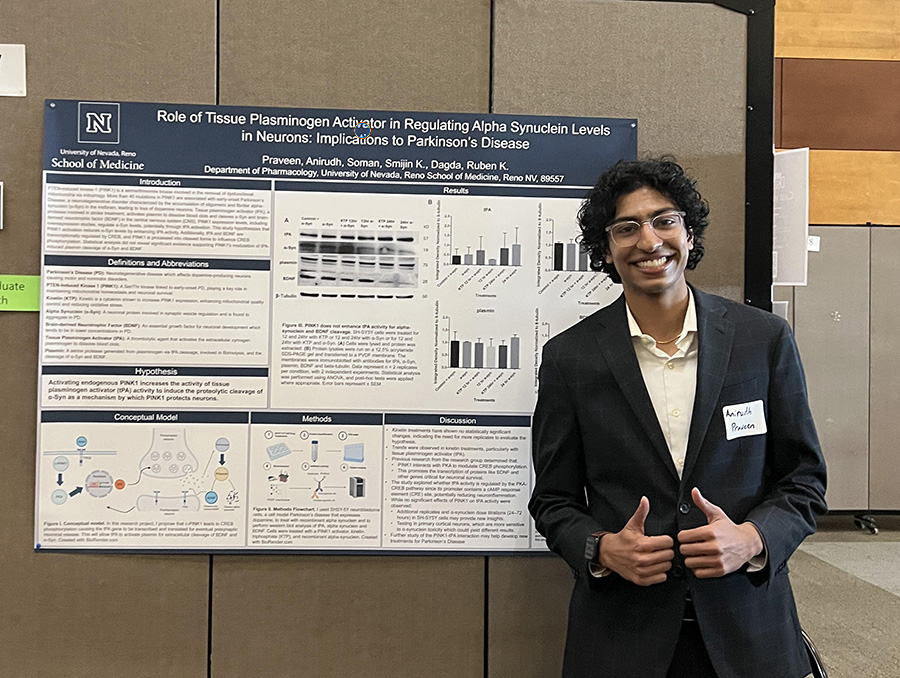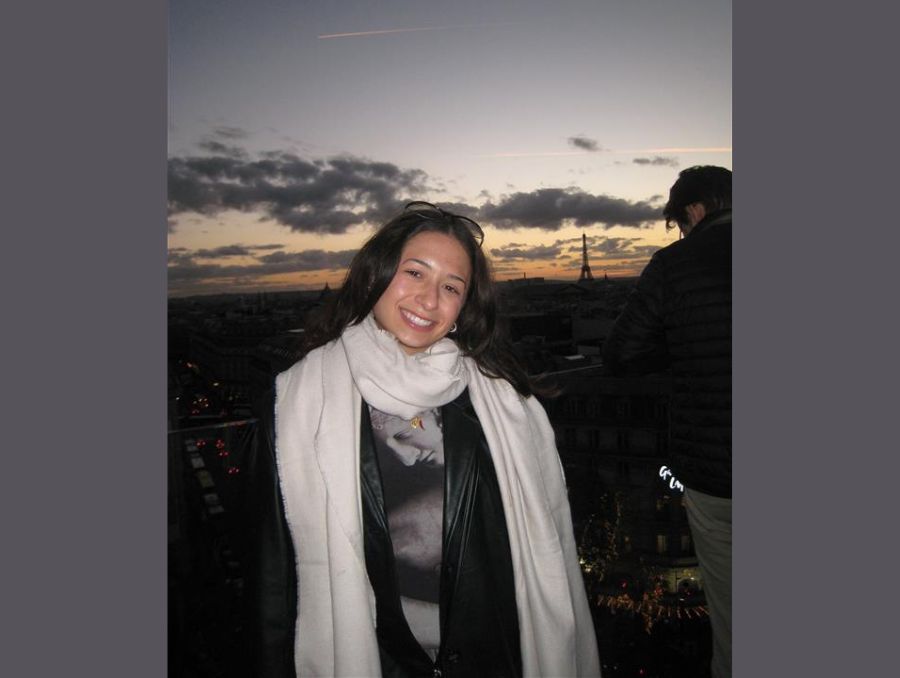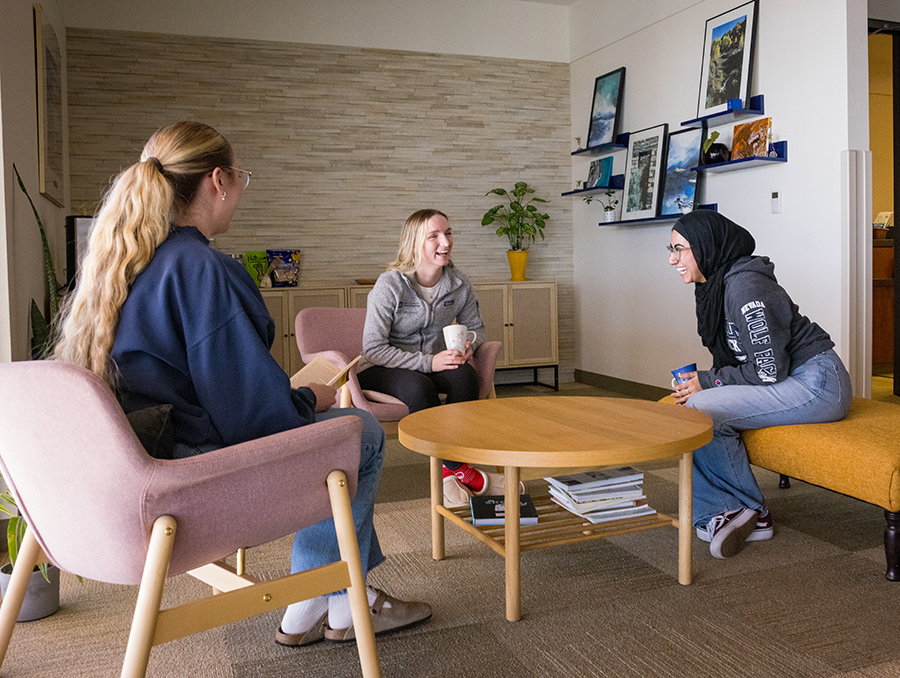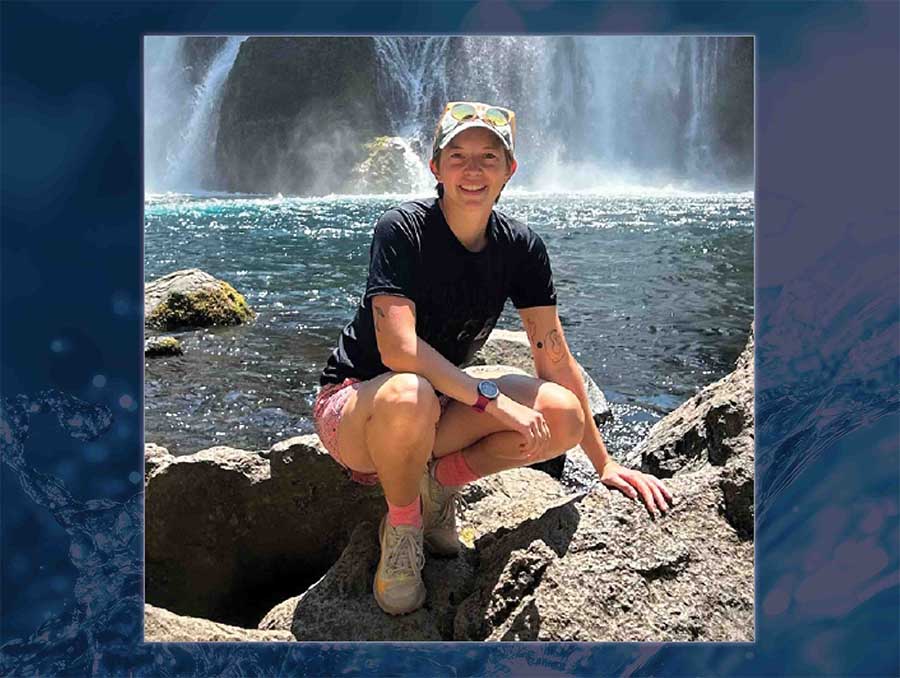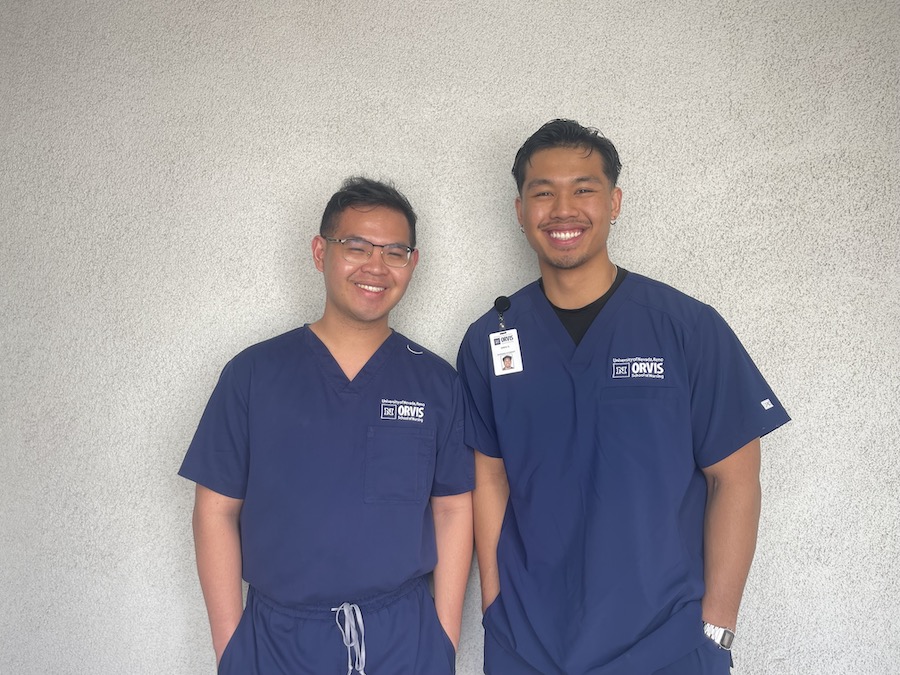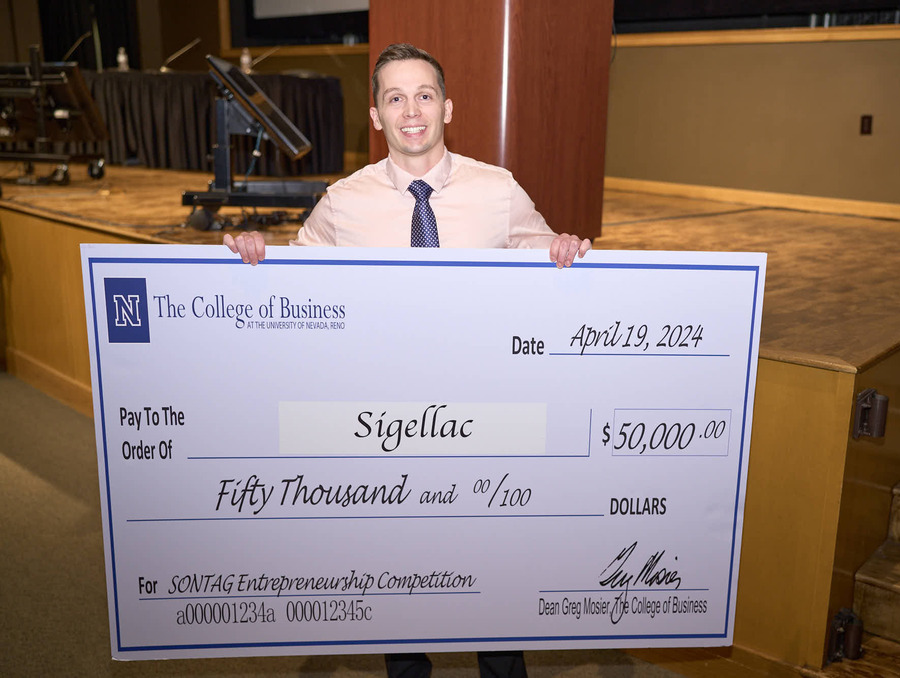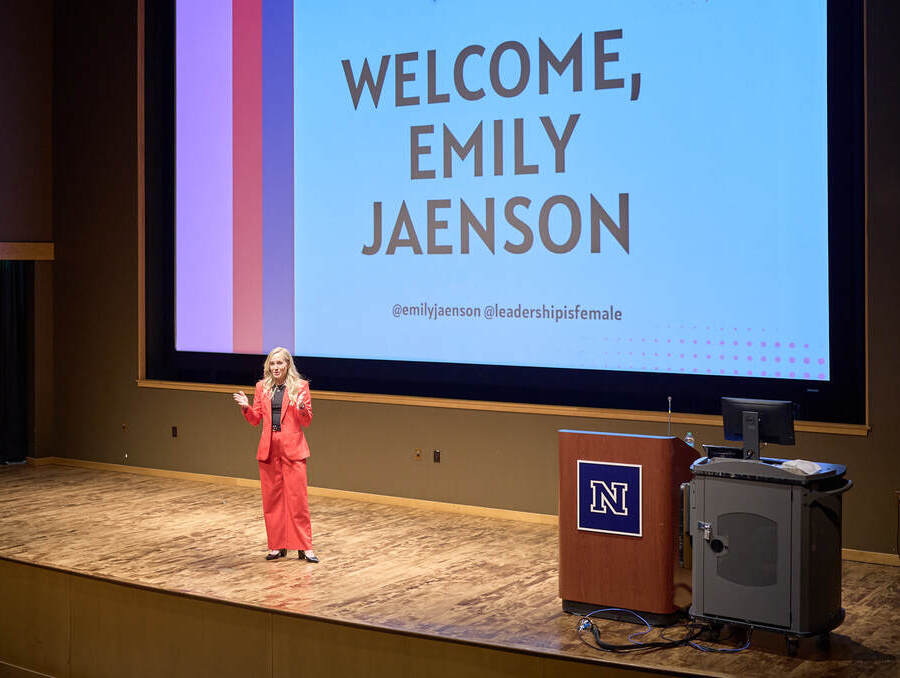The Nevada System of Higher Education was greatly saddened by the death yesterday of Jim Taranik, who, over 29 years of service to NSHE , served as president of the Desert Research Institute, dean of the Mackay School of Mines and director of the Mackay School of Earth Sciences and Engineering.
Taranik begin his career in NSHE in 1982, when he first assumed the position of dean of the Mackay School of Mines, now the Mackay School of Earth Sciences and Engineering, at the University of Nevada, Reno. Taranik’s vision helped shape the school, as he brought an awareness of the needs of the workforce nationally, as well as the technology that was being developed to address those needs. Before leaving the school to accept the position of president of DRI in 1987, Taranik helped raise $28 million for the school, which paid for the Laxalt Mineral Research Building and retrofitting of the historic Mackay School of Mines Building to make it earthquake resistant, among other projects. Besides his ability to build infrastructure and enrollment in the school, Taranik was noted for his ability to maintain a strong research program and mentor graduate students at the University.
As president of DRI, Taranik greatly increased the institute’s capability for employing sophisticated satellite imagery across many areas of research. He remained directly involved in the improvement of remote sensing for environmental applications and geological exploration. In 1994, he was on the team that prepared radar equipment that recorded some 25 million square miles of images from the space shuttle Endeavor. He also served on a national blue-ribbon panel seeking to declassify remote-sensing technologies for use in environmental research.
Administratively, Taranik instituted DRI’s strategic and budgetary planning processes that helped define the institute’s mission both internally and externally. He also reorganized the DRI Research Foundation, created DRI Research Parks, LTD., and established a long-range facilities plan that led to the construction of nearly 150,000 square feet of new facilities for DRI, including the Dorothy Gallagher Great Basin Environmental Research Laboratory, the Southern Nevada Science Center and the Northern Nevada Science Center expansion.
Steve Wells, president of DRI, said today, “Those of us who were privileged to work with Jim knew him to be a deep thinker and a caring individual. DRI and the university have lost an important figure that inspired countless researchers and students to greater heights and international recognition. Jim set a new standard as president of DRI. While today I am saddened because he still had so much left to give, he will not be soon forgotten for the many research accomplishments in his distinguished career.”
After 11 years at DRI, Taranik returned to the University of Nevada, Reno as a Regents Professor and Arthur Brant Chair of Geophysics. In June 2000, he was appointed director of the new Great Basin Center for Geothermal Energy at the University, and in 2003, he was asked to serve as acting dean of the Mackay School and oversee the transition of the school to its organization within the College of Science. In 2004, the Mackay School of Mines became the Mackay School of Earth Sciences and Engineering, with Taranik serving as its director until 2009. In 2008, Taranik led the recognition of the Mackay School's 100th anniversary, including the celebratory black-tie event. He remained a faculty member of the school until his passing.
Jeff Thompson, dean of the College of Science, said today, “Jim’s passing is a great loss to the University community. He was a respected scholar, educator and academic administrator. Jim was planning to retire from the University of Nevada, Reno this month after twenty-nine years of service to the Nevada System of Higher Education. His passing will be felt throughout our community.”
Taranik was internationally known for his research in aerospace remote sensing, and his professional career had already included senior positions with the National Aeronautics and Space Administration (NASA), the U.S. Department of the Interior, the Iowa Geological Survey and the University of Iowa. In 1981, he was the chief mission scientist on Space Shuttle Columbia’s second flight – the first flight with a science payload.
Taranik received his bachelor’s in degree in geology from Stanford University and his doctorate in geology from the Colorado School of Mines.

